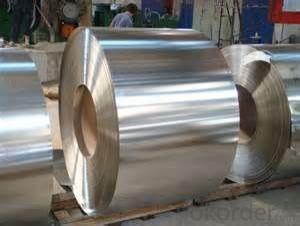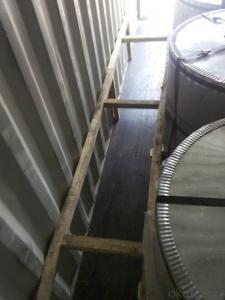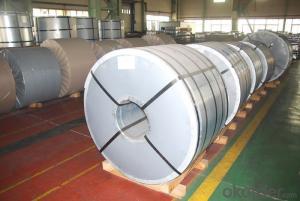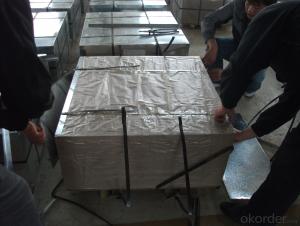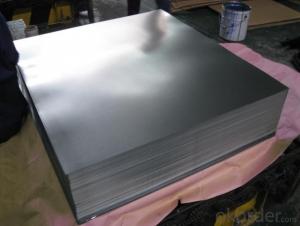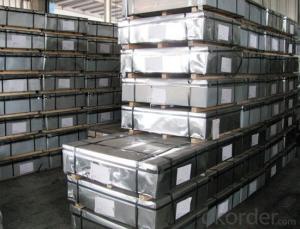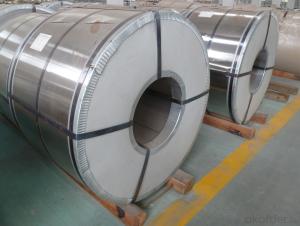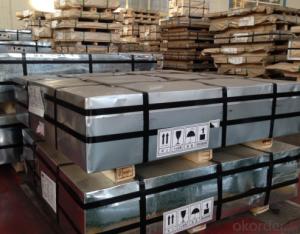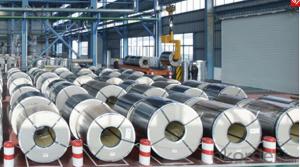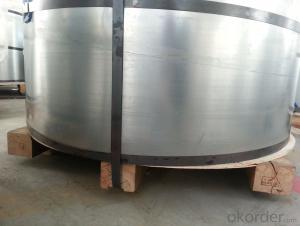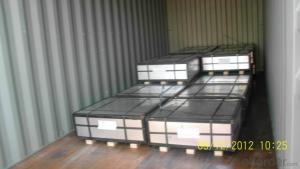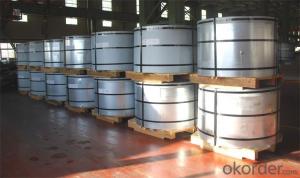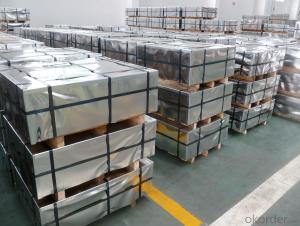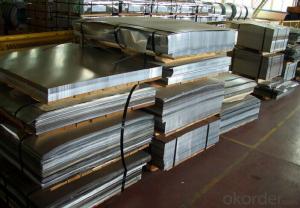Arcelormittal Tinplate
Arcelormittal Tinplate Related Searches
4 By 8 Plastic Sheets Thin Plastic Sheets Flexible Tinplate Coil Quotes Tinplate Iron Clear Plastic Sheets Hard Plastic Sheets 4X8 Lightweight Plastic Sheets Wavy Plastic Sheets White Plywood Sheets Poly Styrene Foam SheetsHot Searches
Tinplate China Tinplate Stock Price Tata Tinplate Price List Tinplate Price Trend Tinplate Nse Share Price Tinplate Price Chart Tinplate Share Price Nse Tata Tinplate Share Price Tinplate Share Price Today Tinplate Share Price Bse Tinplate Price Tinplate Share Price Tinplate Coil Manufacturers Tinplate Sheet Suppliers Food Mixer Sale Tinplate Factory Tinplate Production Tinplate Products Ltd Tinplate Products Tinplate Can ManufacturersArcelormittal Tinplate Supplier & Manufacturer from China
Okorder.com is a professional Arcelormittal Tinplate supplier & manufacturer, offers integrated one-stop services including real-time quoting and online cargo tracking. We are funded by CNBM Group, a Fortune 500 enterprise and the largest Arcelormittal Tinplate firm in China.Hot Products
FAQ
- There are several advantages of using tinplate for beverage cans. Firstly, tinplate provides excellent protection against corrosion, ensuring the integrity of the product inside. Secondly, tinplate cans are lightweight and durable, making them easy to transport and handle. Additionally, tinplate is easily recyclable, making it an environmentally friendly choice. Lastly, tinplate cans offer a high-quality printing surface, allowing for attractive designs and branding opportunities.
- Tin plated tin plated?
- Because of the punching after the incision site no tin layer, while most parts of surface layer of tin, the pretreatment process of adverse, removing tin layer will damage the substrate without removing the tin layer if not plating parts difficult to achieve uniform effect
- Tinplate contributes to the performance of ammunition by providing a durable and corrosion-resistant outer coating. This protective layer ensures that the ammunition remains intact and functional even under harsh environmental conditions, preventing rust and degradation. Additionally, tinplate's smooth surface facilitates easy loading and extraction of ammunition, enhancing reliability and efficiency during use. Overall, tinplate plays a crucial role in preserving the quality and performance of ammunition, ensuring its effectiveness and safety for users.
- Tinplate is commonly used in the marine industry for applications such as corrosion-resistant coatings for steel structures, manufacturing of storage tanks and containers, shipbuilding and repair, and as a protective barrier in marine electrical systems.
- Tinplate is made by coating thin sheets of steel with a layer of tin through a process called electroplating. The steel sheets are first cleaned and prepared, then immersed in an electrolyte bath containing tin salts. When an electric current is passed through the bath, tin ions are attracted to the steel, forming a thin layer of tin on the surface. This tin coating enhances the steel's resistance to corrosion and provides a shiny and attractive finish.
- Is it necessary for the two cold rolling in the process of tinplate production, such as tempering and cold rolling (also called flatness)?
- The leveling process is only to change the yield platform or to improve the plate shape. Under normal pressure is very small, can not be considered cold rolled in the true sense.
- Tinplate is commonly used in the agricultural industry for the production of cans and containers to store and preserve agricultural products such as fruits, vegetables, and dairy products. It provides a protective barrier against moisture, oxygen, and light, ensuring the quality and freshness of the stored items. Additionally, tinplate is also utilized for packaging agricultural chemicals and fertilizers, as it offers resistance to corrosion and acts as a reliable barrier against chemical reactions.

















